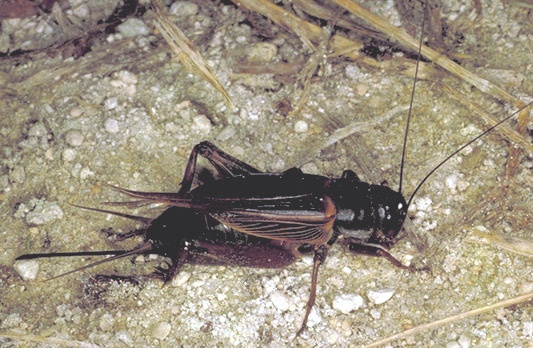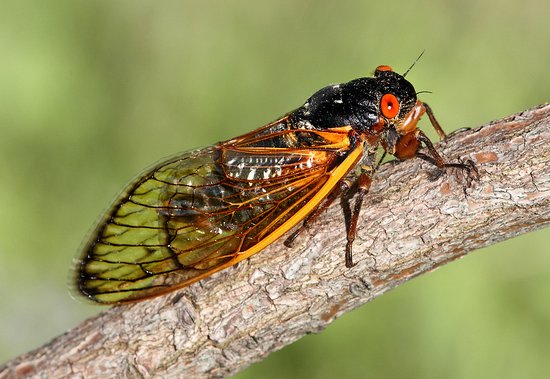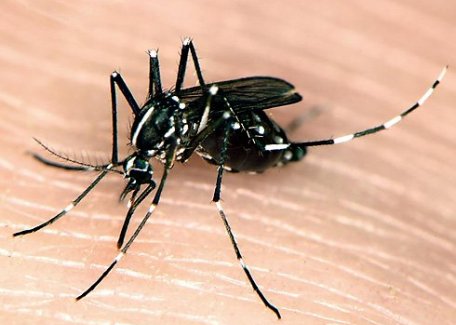 Sound is produced when a physical object vibrates rapidly, disturbs nearby air molecules (or other surrounding medium), and generates compression waves that travel in all directions away from the source. We perceive these waves as sound when they collide with our ear drum and cause a mechanical disturbance that is detected by sensory neurons in our inner ear. Both living and non-living objects produce sound, but only animals use it as a means of communication.
Sound is produced when a physical object vibrates rapidly, disturbs nearby air molecules (or other surrounding medium), and generates compression waves that travel in all directions away from the source. We perceive these waves as sound when they collide with our ear drum and cause a mechanical disturbance that is detected by sensory neurons in our inner ear. Both living and non-living objects produce sound, but only animals use it as a means of communication.
Sound serves as a very effective communication modality. It can be made to vary in frequency (high pitch vs. low pitch), amplitude (loudness), and periodicity (the temporal pattern of freqency and amplitude). Together, these three variables can create an extremely wide and complex range of signals — from an insect’s mating call to human speech and vocal music. Since sound waves move rapidly through air (about 331 m/sec), acoustic signals can be quickly started, stopped, or modified to send a time-sensitive message.
At best, the human ear is able to detect sound frequencies only within the range of about 20-20,000 hertz (vibrations per second). But some insects (as well as other animals like bats and dolphins) produce and detect sounds that are well above this frequency range. Some grasshoppers and moths, for example, produce ultrasonic sounds as high as 80,000 hertz. Entomologists study these high-pitch sounds by using an audio transducer, an electronic device that converts inaudible high frequencies to lower audible frequencies.
Most insects detect sound with a tympanic membrane in the abdomen (e.g. grasshoppers and moths) or in the tibiae of the front legs (e.g. crickets and katydids). Mosquitoes have antennal hairs that resonate to certain frequencies of sound. But sound vibrations can also travel through solid objects, and some insects (e.g. some species of ants, bees, termites, and treehoppers) can sense substrate vibrations with mechanoreceptors (chordotonal organs) in their legs. Since these signals are “felt” rather than “heard”, they are usually regarded as a form of tactile communication.
Pros and Cons of Acoustic Communication |
Advantages:
Disadvantages:
|
Mechanisms of Sound Production in Insects
Click on the sound bar to hear a recording of the sound in each of the following examples.
Stridulation – rubbing one part of the body against another part
Field Cricket

Mole Cricket

Katydid

Tymbals – muscular vibration of drum-like membranes
Periodical Cicada

Dogday Cicada

Knocking or tapping
Deathwatch Beetle

Hissing – forcing air through spiracles
Madagascar Hissing Cockroach

Wing Vibration
Mosquito

Braconid Parasite
Honey Bee



